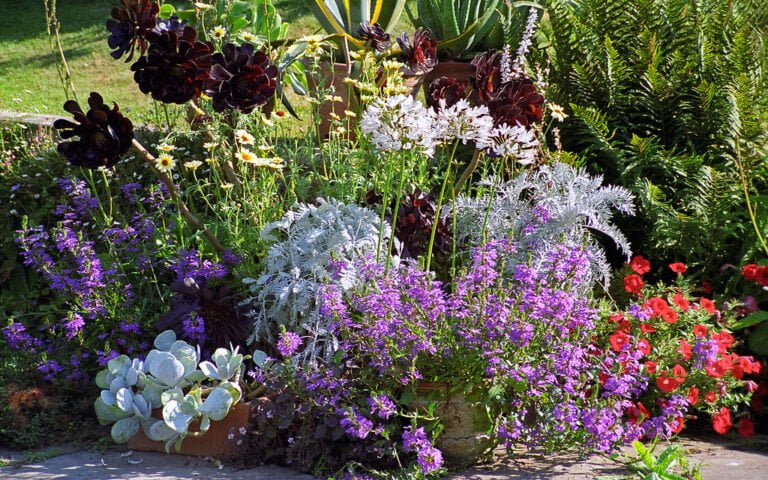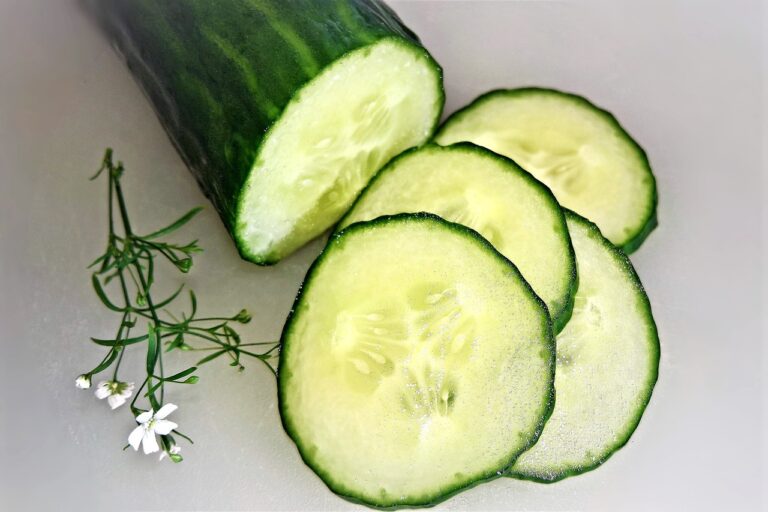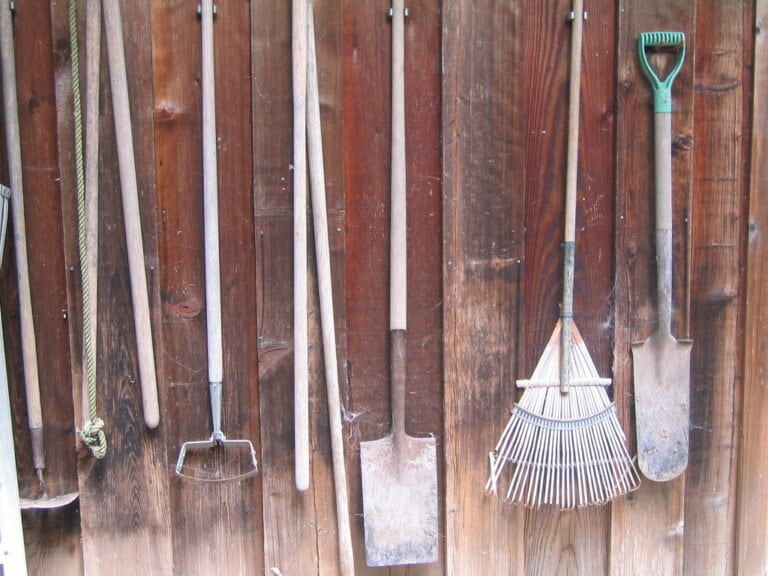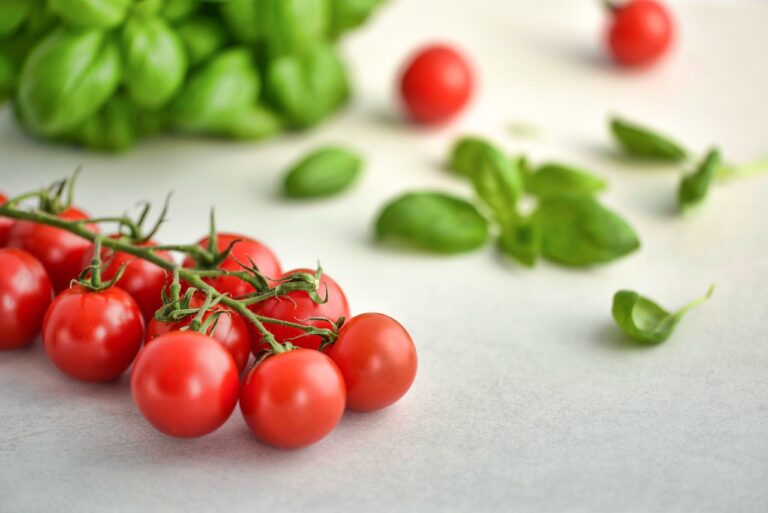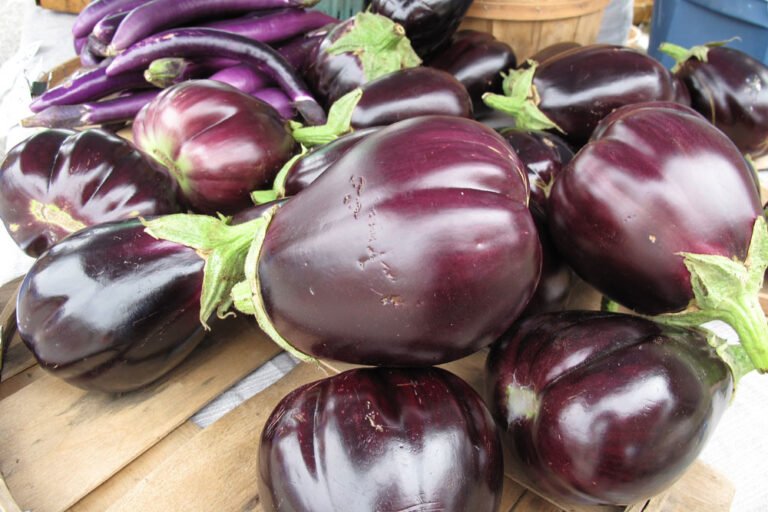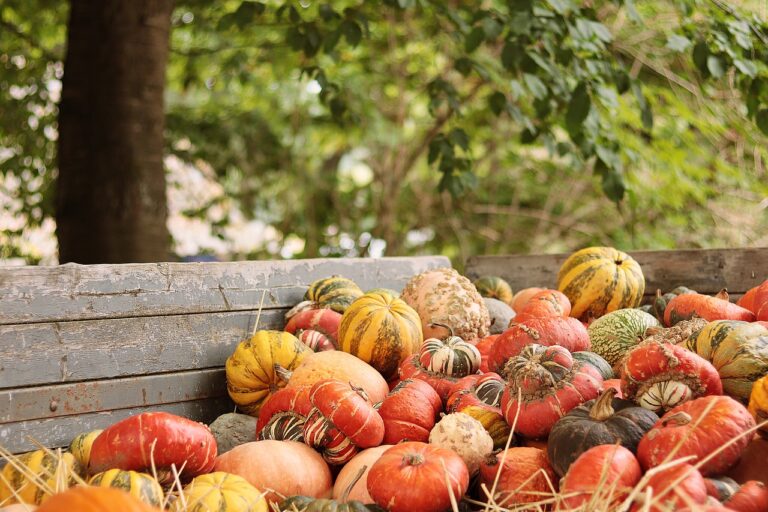Effective Watering and Irrigation Techniques for Vegetable Gardens
I’ve learned that effective watering in vegetable gardens is essential for plant health and productivity. Using drip irrigation can minimize water waste. Deep watering with soaker hoses promotes strong root growth. Timing matters – aim for early morning watering to reduce evaporation and fungal issues. Precision is key; tailor watering to each plant’s needs to prevent over or under-watering. Adjust frequency based on weather and plant requirements. Selecting the right irrigation system is critical for efficiency. In winter, protect plants with low tunnels and monitor moisture levels. Mastering these techniques guarantees thriving vegetable gardens.
Importance of Proper Watering
Proper watering is the cornerstone of successful vegetable gardening, essential for ensuring ideal plant health and productivity. In a vegetable garden, watering plays a vital role in the overall well-being of the plants. Understanding the water requirements of different vegetables is pivotal to prevent issues such as stunted growth, wilting, or even plant death.
One effective method for watering a vegetable garden is drip irrigation. This system delivers water directly to the root system of plants, minimizing water waste through evaporation or runoff. By providing a consistent and controlled water supply, drip irrigation ensures that plants receive adequate moisture without saturating the soil.
Monitoring soil moisture levels is essential when determining the watering needs of a vegetable garden. Checking the soil regularly helps in avoiding both under-watering and over-watering, which can be detrimental to plant health. Properly moist soil promotes healthy root development and nutrient uptake, leading to robust plant growth.
Understanding the water requirements of vegetables is pivotal, especially during hot and dry periods. Adjusting the watering frequency based on weather conditions helps maintain ideal soil moisture levels for plant growth. By prioritizing proper watering techniques, gardeners can foster a thriving vegetable garden with high yields and excellent crop quality.
Deep Watering Techniques
Watering vegetable plants deeply at the root level is key to promoting peak growth and efficient water absorption for a flourishing garden. Deep watering techniques are essential for the best development of vegetable plants. By focusing on delivering water directly to the roots, we guarantee that plants can establish a robust root system that facilitates effective water uptake and transport within the plant.
Soaker hoses are particularly effective tools for deep watering. These hoses release water slowly along their length, allowing for a gradual and thorough soaking of the root zone. When strategically placed, soaker hoses can make sure that water reaches the roots of vegetable plants effectively. This method of deep watering below ground level is vital for promoting healthy growth and development in your garden.
To implement deep watering techniques effectively, it is vital to take into account the specific water needs of different vegetable plants. Understanding the root systems of various vegetables will help you determine the best placement of soaker hoses for deep watering. By providing consistent and deep watering, you can encourage strong root growth and overall plant health in your vegetable garden.
Optimal Watering Timing
During the early morning hours, I find it most advantageous to irrigate vegetable gardens for ideal plant health and growth. Watering your garden in the early morning helps to minimize evaporation, guaranteeing that more water reaches the roots of your plants. This timing also allows the leaves to dry out during the day, reducing the risk of fungal diseases that thrive in moist conditions.
For peak watering efficiency, consider using a drip system in your raised bed garden. Drip irrigation delivers water directly to the base of plants, reducing water waste through evaporation and runoff. This method ensures that the roots receive a steady supply of moisture while keeping the foliage dry, promoting healthier plants.
Precision With Hand-Watering
With precise hand-watering techniques, I can expertly control the flow and volume of water to provide targeted hydration for my vegetable plants. When hand-watering, it is critical to make sure that each plant receives the right amount of water directly at the root level. Here are some key points to ponder for achieving precision with hand-watering:
- Use a Durable Hose: Opt for a resilient hose of appropriate length to reach specific areas of the garden efficiently. This will allow you to water plants precisely without wasting water.
- Control Water Flow: By slowly watering with a small stream, you can guarantee that water penetrates the soil deeply. This method helps in reaching the root systems of plants effectively, promoting healthy growth.
- Tailor Watering Process: Hand-watering enables you to customize the watering process to meet the individual needs of each plant. Adjust the flow and volume of water based on plant size, type, and soil moisture level.
- Avoid Water Waste: Hand-watering offers the advantage of direct plant care, preventing water waste and ensuring that plants receive adequate hydration. This precision in watering promotes healthier growth and minimizes the risk of over or under-watering.
Adjusting Watering Frequency
I adjust watering frequency in my vegetable garden by closely monitoring the soil moisture levels and considering the water requirements of my plants. Different soil types and weather conditions play a significant role in determining how often I should water. By paying attention to these factors, I can make sure that my plants receive the correct amount of water at the appropriate time for ideal growth and health.
Soil Moisture Levels
To maintain healthy vegetable growth and optimize yields, it is essential to regularly monitor soil moisture levels using a moisture meter and adjust watering frequency accordingly based on factors such as soil type and environmental conditions. When determining the watering needs of your vegetable garden, consider the following:
- Utilize a drip system to deliver water directly to the plant roots.
- Check the soil moisture at different depths, not just at the surface.
- Adjust watering frequency based on the specific requirements of each plant variety.
- Take into account external factors like temperature and humidity that can influence soil moisture levels.
Maintaining the right balance of soil moisture is vital for promoting robust plant growth and ensuring a bountiful harvest.
Plant Water Requirements
Observing and adapting watering frequency in your vegetable garden according to plant water needs is vital for ensuring vigorous growth and ideal yields. Different vegetable species have varying water requirements; for instance, tomatoes and cucumbers need more water compared to root vegetables. It’s important to adjust watering schedules based on weather conditions; hot and dry periods may demand more frequent watering to prevent dehydration. The type of soil in your garden also plays a significant role in determining watering frequency. Sandy soils drain water faster and may require more frequent watering than clay soils. Monitoring plant growth and looking out for wilting or drooping leaves can signal the need for adjusting your watering routine to keep your vegetable garden thriving.
Choosing the Right Irrigation System
When selecting the appropriate irrigation system for your vegetable garden, take into account the specific water needs of your plants and the importance goals you aim to achieve. Different systems offer unique benefits tailored to various garden setups and plant requirements. Here are some popular options to contemplate:
- Drip Irrigation Systems:
- Efficient delivery of water directly to plant roots.
- Reduces water waste and weed pressure.
- Ideal for raised beds where targeted watering is vital.
- Overhead Irrigation (Sprinklers):
- Beneficial for seed starting and easy weeding in dry climates.
- Suitable for larger garden areas with uniform water requirements.
- Soaker Hose Irrigation:
- Allows slow seepage of water into the ground.
- Perfect for delivering water directly to the roots while minimizing surface evaporation.
- Considerations:
- Each system has advantages and factors based on plant needs and environmental factors.
- Factors like plant types, garden size, and water efficiency goals play an essential role in choosing the right irrigation system.
Selecting the most suitable irrigation system for your vegetable garden can have a significant impact on the health of your plants and the conservation of water resources. By understanding the benefits and factors of each system, you can make an informed decision that aligns with your gardening goals.
Winter Watering Considerations
Considering the significance of maintaining plant health and moisture levels during the winter months, implementing strategic winter watering practices is essential for the overall success of your vegetable garden. In winter, protecting plants inside low tunnels can shield them from frost damage, providing a barrier against the cold and harsh weather conditions. Utilizing row cover fabric and plastic can further insulate plants and help maintain a stable environment for growth.
Hand watering becomes critical during winter, especially in raised beds, as it allows for targeted hydration based on plant needs. By addressing dryness in raised beds promptly, you guarantee that your plants receive adequate moisture for survival and continued growth during the colder months. Additionally, cleaning up irrigation supplies by emptying hoses and protecting them from freezing temperatures is essential to prevent damage and ensure they function properly when needed.
Incorporating these winter watering considerations into your vegetable garden maintenance routine will help you support the health and vitality of your plants even in challenging weather conditions. Be proactive in monitoring moisture levels and providing necessary hydration through hand watering or adjusted irrigation methods to set the stage for a successful winter harvest.

